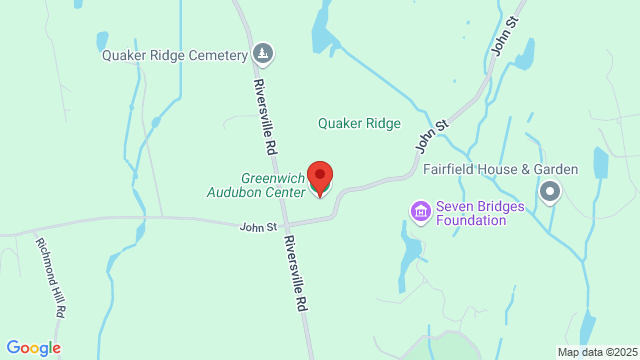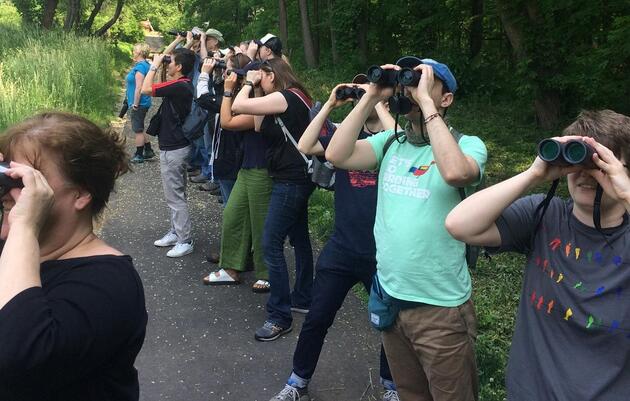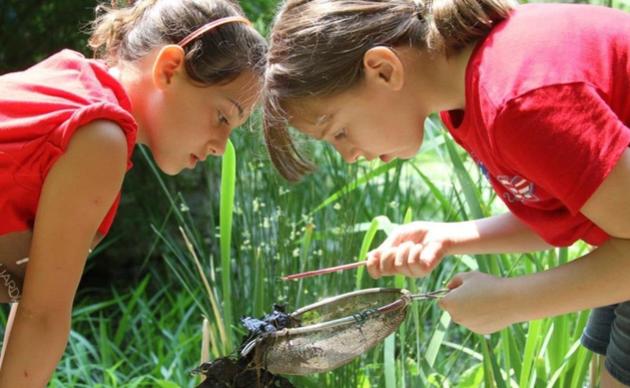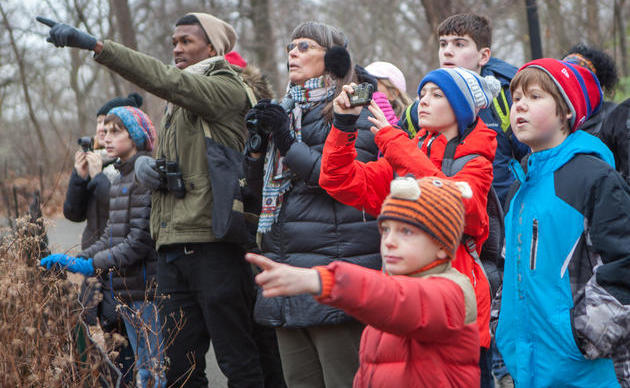Photo Exhibit Opening: "A Backcountry Transformation" - Bird Photography by Lauren Hampton
Join us in Kiernan Hall for the opening of our latest photo exhibit!
Thursday, May 01, 2025
5:00pm - 7:00pm Eastern Greenwich, CT, Connecticut
Location Details
Greenwich Audubon Center
Greenwich Audubon Center, Greenwich, CT, 06831, CT

Join us in Greenwich Audubon Center's Kiernan Hall for the opening reception of our next gallery exhibit, "A Backcountry Transformation" featuring bird photos by Lauren Hampton. Refreshments will be served and the photographer will be on hand to discuss the works being displayed. All photos will be for sale with proceeds benefitting the Greenwich Audubon Center.
Admission is FREE but RSVPS REQUIRED to determine capacity HERE.
Lauren Hampton is a photographer who splits her time between Greenwich, CT and Wellington, FL. She transforms her multifaceted professional experience into a nuanced lens for environmental storytelling. Her mission is to inspire viewers to create and preserve backyard sanctuaries that support and celebrate birds and other wildlife. Lauren captures the intricate beauty of native ecosystems, revealing the delicate interconnections between landscape, wildlife, and environmental conservation. Her photographic journey explores the profound relationships within natural habitats, particularly focusing on the significance of undisturbed environments that serve as homes for our native birds and other wildlife.
Artist's Journey: Hampton's work emerges from a diverse professional background and a lifelong passion for nature. An undergraduate at Cornell University, she took classes in beekeeping and organic gardening while studying for a Bachelor of Science degree. She later pursued a career as a corporate attorney at Skadden, Arps before transitioning to psychotherapy specializing in trauma and sports psychology. A lifelong love of nature and wildlife has inspired her photography.
This Exhibition Highlights All the works included in this show were taken in the Hampton's backyard in backcountry Greenwich where she focuses on enhancing native plantings while eliminating all pesticide use. Some of the photographs in this show were taken near fallen trees in a vernal pond at the perimeter of the Hampton's property. By leaving these fallen trees in place, they preserved both an important source of food for many creatures including the Pileated Woodpeckers as well as a source of water conservation.
Her prior exhibits include extended solo shows, under the auspices of the Greenwich Art Society at Barnum Financial Group in Stamford, CT and Greenwich Bank & Trust in Greenwich, CT. Her work has been published in numerous magazines, newsletters and websites including the Chronicle of the Horse, Dressage Today and Hunter & Sport Horse and her work is held in private and public collections.
"A Backcountry Transformation" - Artist's Statement
All of the images in this show were taken at one backcountry property in Greenwich, Connecticut that is surrounded by woodlands and vernal ponds. The town of Greenwich’s Babcock preserve is adjacent to the North and the Greenwich Land Trust’s Converse Brook Preserve is to its west. When we first bought the property it was devoid of wildlife, birds, bees, bats, dragonflies and damselflies but was winning the award for most mosquitoes. It was on a contract to be aerially sprayed with fungicides and pesticides every 3 months as were my near neighbors. The “perfect” lawn was filled with weedkiller and fertilizers. I convinced my neighbors to stop spraying with the research that has been done near golf courses and the illnesses caused to people and pets by the chemicals used. On my own lawn, I immediately went organic. The first few years I amended the soil with compost and various other rich natural soils. I planted native grass seeds and clover and in the fall planted winter rye and other wildlife food plot seeds. These choices were a great source of high protein food for the deer and rabbits so once that was established it is always the first choice and the understory came back as it was no longer being browsed. We planted many native shrubs, trees and pollinating plants. It took a few years for everything to come in to balance and the insect eating birds, bats and dragonflies to return. As they returned the mosquitoes were eaten before they swarmed us. We started as a property ringed by mosquito magnets and us still being reluctant to go out at dusk. Now, without any artificial mosquito controls we are able to sit comfortably outside in the evening. It feels like a miracle
The property has numerous tree species including native Black Cherry, Eastern White Pine, Eastern Hemlock, White Oak, Red Maple, Sugar maple, Black Maple, Black Tupelo, Sweet Birch, River Birch, Sweet Birch, Sweetgum, Northern Red Oak, Chestnut Oak, Pin Oak, Shagbark Hickory, American Beech, American Elm, American Hornbeam, White Ash, Black Oak, Dogwood (American and Kousa), Butternut Hickory and Tulip. The understory has, among others, Serviceberry, Sweet pepperbush, Spicebush, Viburnum (various native and not), Riverbank grape, Witch hazel and Mountain Laurel. The property is now part of the lives of many mammals including Red fox, Gray fox, Coyote, Bobcat, American Black bear, White Tailed Deer, Virginia Opossum, Raccoon, various species of bats, Eastern Cottontail, Striped skunk, Groundhog, Eastern gray Squirrel, Southern flying squirrel, American Red squirrel, Eastern Chipmunk, white footed deer mice and Fisher (only one summer which was a relief because they predated all the nests). In excess of fifty different birds have been identified on the property ranging from great horned and barred owls to hummingbirds to various vireos, woodpeckers and hawks.
Nature has come in to balance with just a few changes and it is amazing. It feels very magical being outside now on a summer day. The birds are singing and flying by and landing with all their colors and sizes and shapes, the butterflies are everywhere, The dragonflies, damselflies and bees are skimming around. The pollinating plants are in full, colorful bloom. Dusk brings the fireflies and the hooting of the great horned owls .
It is a truly remarkable difference and very soothing to the soul.
Red-Tailed Hawk. Photo: Lauren Hampton







